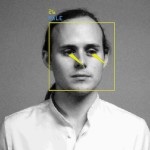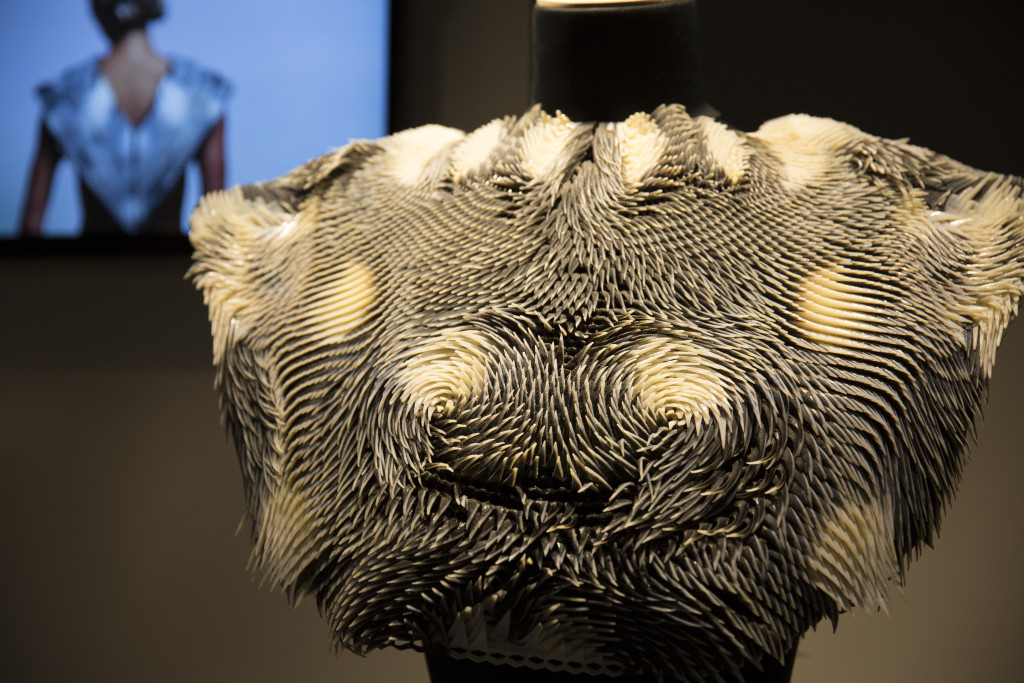What is your background ?
I have trained as an architect and currently doing my PhD at the University of Sout
hern California (USC). I am interested in the exploration of the potential of interactive environments and their relation to the movement of the human body. In particular I am interested in the integrated appli
cation of material behavior, and implementation of emerging technologies in contemporary art/architecture practice. I have an Undergraduate and two Masters degrees in Architecture one from USC and one from Shahid Beheshti University in Iran, and am now a PhD candidate on the Interdisciplinary Media Arts and Practices at USC at School of Cinematic Arts.
Who or what first inspired you to follow your chosen career?
It was/ is my ongoing fascination with variety of disciplines including design, robotic, artificial intelligence, material science and interaction design.
The impulse behind most of my works is a desire to engage with the psychological benefits of an environment that can respond to – and therefore empathize with – human emotions through its capacity to adapt physically to the user. As such, the environment can be seen to overcome shock or conditions of alienation by accommodating the participants/ wearer.
What does technology add to fashion ?
 I have been exploring how recent developments in artificial intelligence and technological innovations allow us to rethink and re-evaluate some of the basic principles of our body (self) in relation to our environment. My current research ranges between two different scales at which our bodies are connected with the environment, from an intimate scale and the world of fashion and wearable computing, through to an architectural scale and the world of ubiquitous computing and interactive spaces.
I have been exploring how recent developments in artificial intelligence and technological innovations allow us to rethink and re-evaluate some of the basic principles of our body (self) in relation to our environment. My current research ranges between two different scales at which our bodies are connected with the environment, from an intimate scale and the world of fashion and wearable computing, through to an architectural scale and the world of ubiquitous computing and interactive spaces.
In terms of fashion, I think recent advances in interactive design technologies are changing the notion of our bodies by allowing our bodies to become augmented, enhanced and expanded in terms of their functionality. What becomes clear is that human beings, through the very ‘plasticity’ of the brain itself, can absorb these technological devices as an extension of the body itself, and as a conduit for engaging with the external world. Therefore, this would inevitably change the notion of fashion to an ultimate extension of one’s body.

What kinds of materials and technologies are used and integrated into your designs?
I have been fascinated by the use of multi material 3D Printing technologies. This technology allows the fabrication of composite materials with varying flexibilities, densities, and can combine materials in several ways with different material properties deposited in a single print run. I also, have been developing series of interactive projects exploring how our body can interact with non- organic material of our environment.
Having said that, future research projects include a deep investigation into developing a language for embodied interaction as well as 4D printing and programmable matter.
Do you see yourself more as an Architect? Or Fashion Designer?
I do believe that the boundaries between various disciplines have been blurred. In this era we are once again in a situation similar to Renaissance in that all disciplines are merging together thanks to development of new technologies that are breaking down the barriers between different disciplines. This is actually crucial since it would allow multi-interdisciplinary approaches in design/ architecture/ fashion/ sculpture/ engineering and science. However, my intention is to look at the fashion from a different point of view – looking at fashion as a second skin or near ‘environment’ around our body, which defines intimacy, distance and so much more by implementing interactive technologies.
Behnaz Farahi (Iran) is a designer, architect, and researcher. She is currently studying her PhD in Media Arts and Practices at USC, School of Cinematic Arts in which she is exploring the potential of interactive environment and their relation to the movement of the human body. In particular she is interested to the integrated application of material, performance, and smart material in contemporary  art/architecture practice.
art/architecture practice.
Her work has been exhibited internationally in USA, Canada and China, and has been featured in several magazines and online websites including The Guardian, BBC, CNN, Motherboard, Dezeen, Frame Magazine, the Creator Project and many more. Behnaz Farahi has won several awards including first prize for the Kinetic Art Organization in 2013, first prize for the best student work at ACADIA conference in 2014, and an honorable mention at Beyond: Pavilion of Innovation in Barcelona in 2015.
*Photo by Rudolf Bekker, captured for Frame Magazine, 2014.
